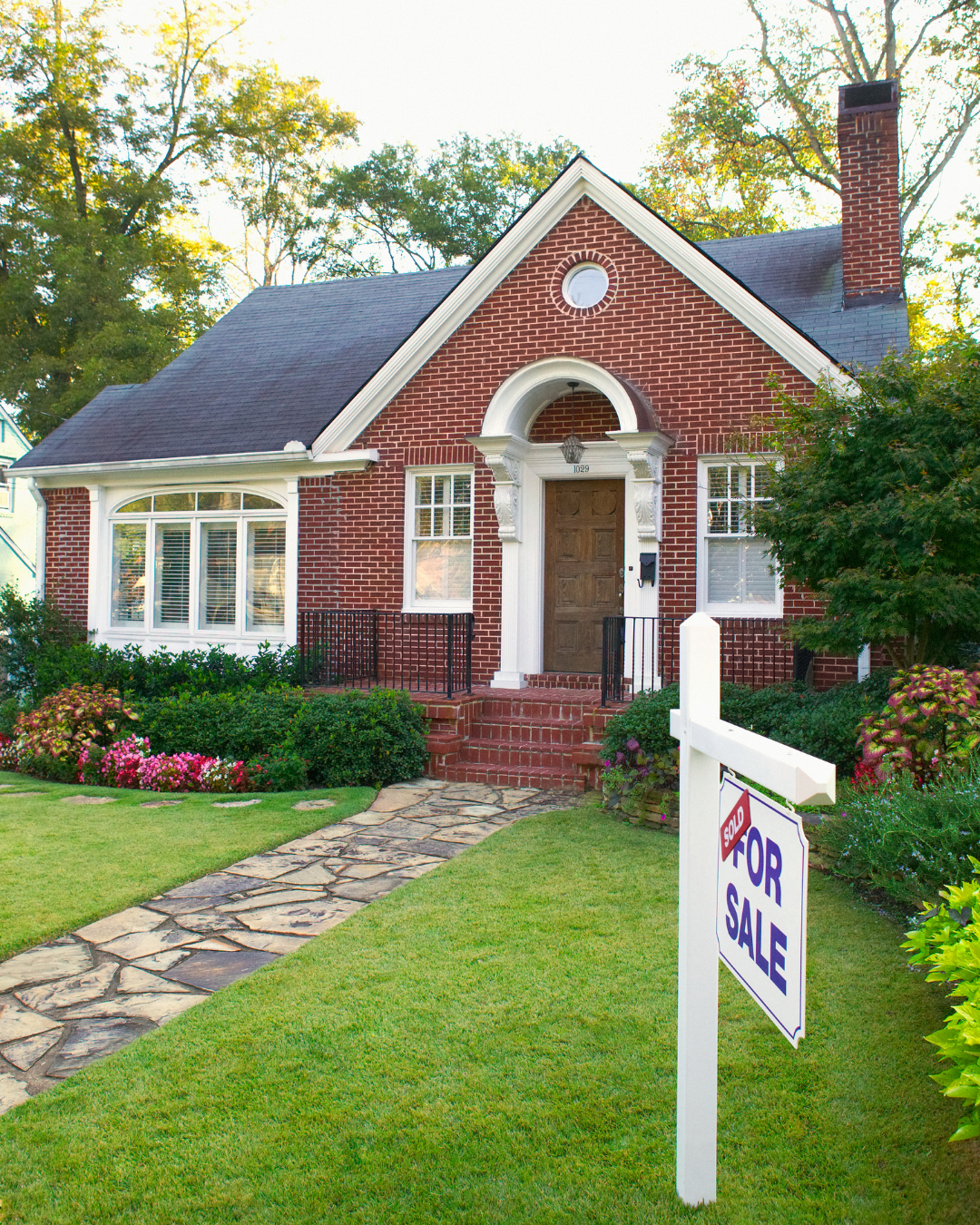SOURCE: Houzz
See how professionals balance popular tones to create bright, inviting and warm spaces
White and wood dominate choices for many kitchen elements. Homeowners tend to choose white or wood cabinets or a combination of the two. White is often the top choice for countertops, backsplashes and walls. And wood and wood looks are the most common flooring selections. Mixing white and wood elements beautifully balances brightness with warmth, a goal for many homeowners. Here, design and construction professionals share the features and materials they used to create five inspiring white-and-wood kitchens.
1. French Country Feel
Designer: Christina Cruz of Cruz Interiors
Location: Tampa, Florida
Size: 220 square feet (20 square meters)
Homeowners’ request. “The young couple desired a bright, airy kitchen that served as the heart of their new home, seamlessly blending modern functionality with the inviting warmth of French country design,” says designer Christina Cruz, whose clients found her through Houzz. “They envisioned a space perfect for both everyday living and entertaining, with a strong connection to the outdoors. The previous lack of flow and natural light in their prior residences was a key concern they wished to address. Our goal was to create a cohesive design that married clean, modern lines with rustic, charming elements to reflect their lifestyle.”
White-and-wood elements. “The decision to primarily use a white-and-wood palette was central to achieving the desired aesthetic,” Cruz says. “White was chosen for its ability to create a sense of spaciousness and light, providing a neutral backdrop that highlights the architectural details and natural textures. The wood elements, primarily reclaimed-wood beams on the ceiling and rustic wood cabinetry, were incorporated to introduce warmth, natural character and a nod to French country style. The white paint color used on the walls and some cabinetry is Benjamin Moore’s White Dove, selected for its soft warm undertones.” The custom range hood is finished in Venetian plaster. The countertops are marble. And the backsplash is hand-glazed zellige tile in a straight lay pattern.
Cruz uses Houzz Pro software. “We utilize features such as the Mood Boards and project management tools, which were indeed used on this project,” she says. “Our clients greatly benefited from the visual communication facilitated by the Mood Boards, allowing them to easily understand and approve design directions. The project management tools helped us stay organized and on schedule, ensuring a smooth process for the homeowners. The clients for this project found us through our Houzz profile.”
Other special features. “A custom-designed island serves as a central workspace and gathering point,” Cruz says. “The light fixtures are a mix of modern pendant lights over the island and classic library-style wall sconces.”
Designer tip. “A key design trick we employed in this space was the strategic juxtaposition of contrasting textures and materials,” Cruz says. “For instance, the sleek marble countertops are paired with reeded wood panels, creating visual interest and depth. This interplay of modern and natural elements is a technique we often use to achieve a balanced and unique design.”
“Uh-oh” moment. “During the framing process, the clients decided that they wanted an arched opening to their pantry rather than a concealed door,” Cruz says. “This caused a little unrest on the jobsite, but we were able to get our elevations up quickly and were able to pivot to make this happen for our homeowners.”
2. Traditional Treasures
Designers: Jennifer Rapp and Natalia Box of JCR Design Group
Location: St. Louis
Size: 300 square feet (28 square meters); 15 by 20 feet
Homeowners’ request. “This client had several main priorities for their kitchen renovation: better flow and overall functionality, more storage, better organization and a clean, updated, lighter aesthetic,” designer Jennifer Rapp says.
White-and-wood elements. “White is a classic choice and not only works with nearly any decor, but also provides a light, bright and clean aesthetic,” Rapp says. “This is a traditional home and as such called for a classic and timeless look. The mahogany-toned stain on the center island — made of cherry wood — brings warmth in contrast to the white cabinets and complements the stained oak flooring as well as the furniture in the adjacent hearth room. The cabinetry was painted in Benjamin Moore’s White Dove, a soft white that coordinated with all of the trim in the house.” The walls are Natural Cream by Benjamin Moore.
The countertops are Nordic Falls quartzite. The backsplash is Carrara marble tile. “The arabesque-shaped accent tile over the cooktop echoes the shape of the pendant lights over the island,” Rapp says.
Rapp uses Houzz Pro software. “We use Houzz proposals to present all pricing to our clients,” she says. “This keeps us organized and helps the client see a total number, and the pictures of each item are next to the product, which is helpful.”
Other special features. A baker’s cabinet stands to the right of the paneled refrigerator. “With the doors open and recessed, the homeowners have additional counter space for their baking, as well as all of their ingredients immediately at hand,” Rapp says.
Designer tip. “A renovation is the perfect opportunity to add additional electric to customize the space: additional recessed lighting on dimmers, undercounter lighting, outlets with USB plugs, outlets inside cabinets,” Rapp says. “Don’t skimp on decisions that are much more costly to add after the fact.”
3. Clean and Contemporary
Designer: Yarden Partouche of Bayside Home Improvement
Location: Woodville, California
Size: 180 square feet (17 square meters); 12 by 15 feet
Homeowners’ request. “The homeowners wanted a modern, open-concept kitchen that felt warm yet minimalist, serving as a communal space for family gatherings and casual dining,” says designer Yarden Partouche, whose clients found Partouche on Houzz. “The previous kitchen layout was cramped, with outdated cabinetry and poor lighting, making it feel dark and uninviting. To address this, we opened up the space by incorporating a large island with seating, added undercabinet lighting and used a light color palette with natural wood accents to create a bright and welcoming atmosphere.”
White-and-wood elements. Custom walnut cabinetry. Engineered walnut flooring. Marble-look quartz countertops and backsplash. White walls (Simply White by Benjamin Moore). “The white-and-wood palette was chosen to achieve a Scandinavian-inspired aesthetic, emphasizing clean lines, warmth and simplicity,” Partouche says. “This style was preferred over others for its timeless appeal and ability to make the space feel larger and more airy. Wood elements appear in the cabinetry, island base, bar stools and open shelving, using walnut for its rich, medium brown tone with a subtle grain. The white elements include the countertops and backsplash.”
Partouche uses Houzz Pro software. “For this project, I used Houzz Pro to create a 3D floor plan, which helped the homeowners visualize the layout and make decisions about the island placement,” Partouche says. “The clients benefited from seeing a realistic rendering, which reduced uncertainty and sped up approvals. They found me through Houzz after searching for local designers in Woodville. I also used the Mood Board feature to share material and color options with the clients.”
Other special features. Amber glass pendant lights. Undercabinet LED lighting. “Open shelving on the left wall adds storage while keeping the space feeling open,” Partouche says.
Designer tip. “Incorporate open shelving to display curated items like ceramics or cookbooks,” Partouche says. “It adds personality and prevents the space from feeling too sterile, especially in a minimalist design. Style the shelves sparingly to maintain a clean look.”
4. Coastal Touches
Designer: Karen Schmidt of Freshwater Design & Build
Location: Cornelius, North Carolina
Size: 304 square feet (28 square meters); 16 by 19 feet
Homeowners’ request. “Our client wanted a light, bright timeless look with a modern coastal feel,” designer Karen Schmidt says.
White-and-wood elements. “The kitchen is mostly white with wood elements in the hood, island and furnishings,” Schmidt says. “We decided the white-and-white-oak combo would be the best option for this situation.” The wall and cabinet paint is Pure White by Sherwin-Williams. The flooring is also white oak.
Other special features. Marble-look porcelain countertops and backsplashes. “It gives the look of marble without the maintenance,” Schmidt says.
5. Light and Airy
Designer: Amy Jameson of Jameson Design Group
Builder: Jason Box of Catalyst Construction
Location: Austin, Texas
Size: 384 square feet (36 square meters); 16 by 24 feet
Homeowners’ request. “The homeowners wanted to open up the flow between the breakfast area, dining room, kitchen and back entry and create a space that was functional, unique and easy to move through,” designer Amy Jameson says.
White-and-wood elements. Rift-sawn white oak cabinets and beams. Neutral walls (Horizon by Benjamin Moore). White ceiling and trim (Chantilly Lace by Benjamin Moore). White backsplash tile. Infinity White quartzite countertops in a leathered finish. “The combination of white neutrals and natural oak tones in this home provides a palette that brightens a space lacking in natural light and is also the perfect backdrop for colorful personal items and artwork,” Jameson says.
Other special features. Staggered hand-poured glass disk island pendant lights. Polished nickel faucet.
Builder tip. “Understanding the importance of function is key before starting any construction project,” builder Jason Box says. “Every family has different needs and patterns that can drive a design. This family didn’t need a second living space off the kitchen. They needed a place to serve multiple functions — homework station, drop zone. So the challenge that drove this design became ‘How to make a functional space become a focal point?’”
“Uh-oh” moment. “Originally, the homeowner wanted a window on either side of the range, but the gas meter was located too close to where one of the windows would be located,” Box says. “Our solution? Installing a new clerestory window above the range hood. Although the concept was simple enough, this was no easy feat. This element took tons of coordination between the appliance vendor, designer and contractor to make sure mandatory clearances were met and everything was perfectly aligned.”
SOURCE: Houzz





